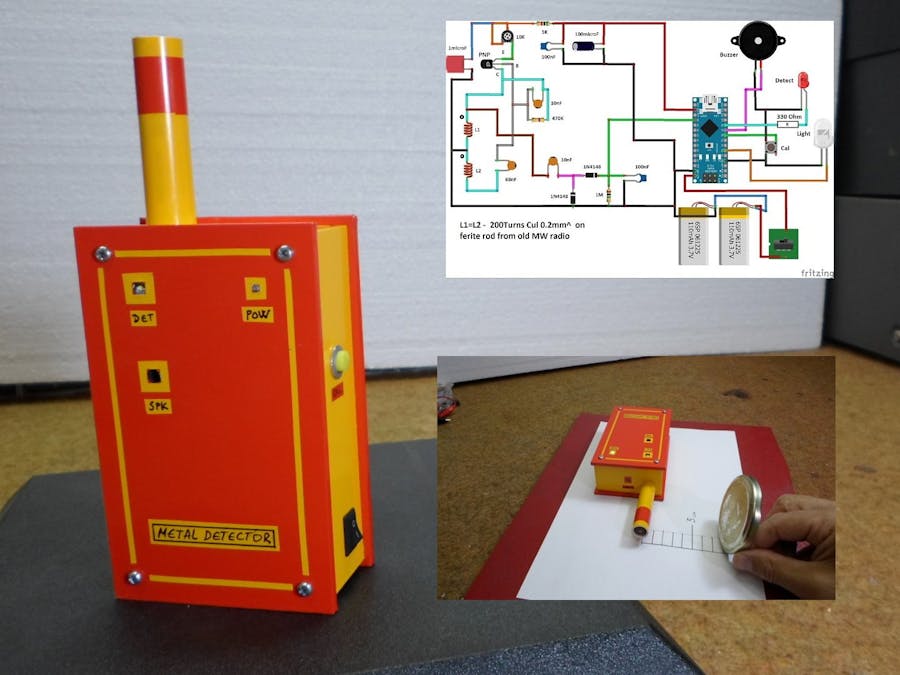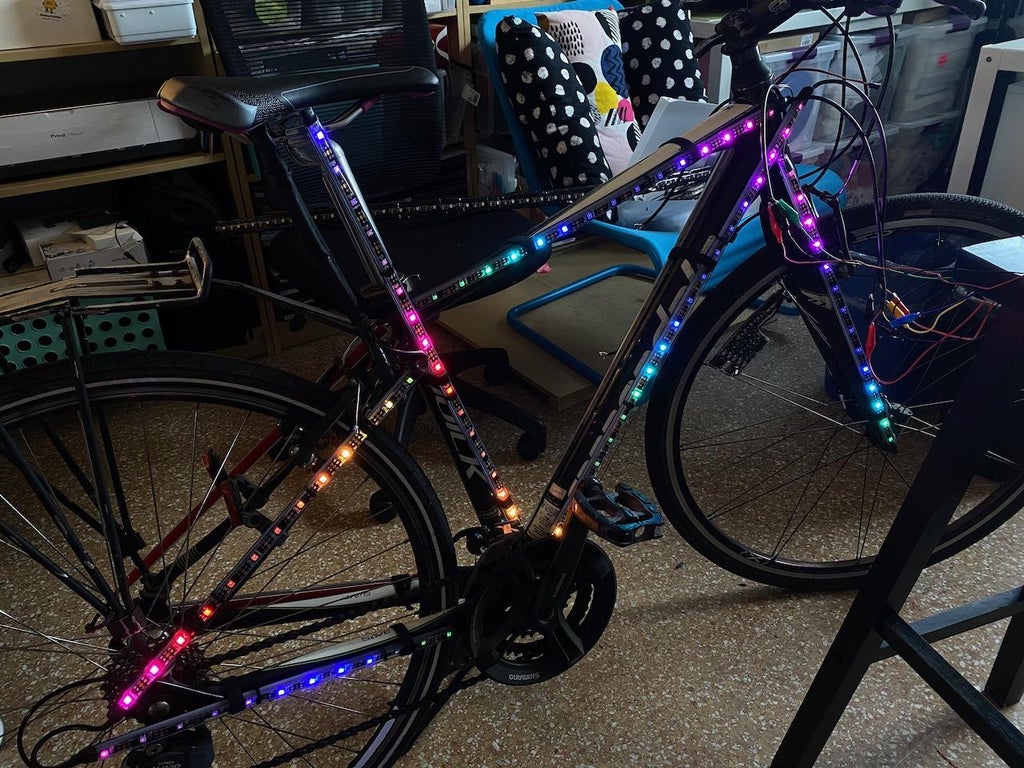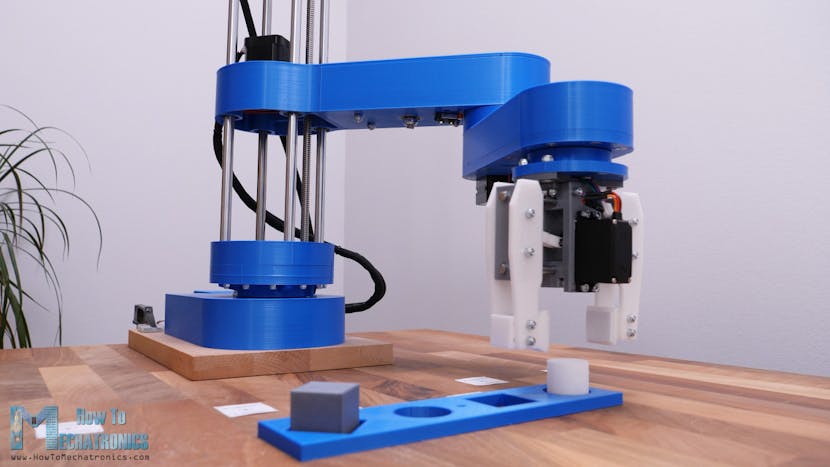There’s certainly no shortage of DIY clocks in the Arduino community; however, Eric Nguyen has come up with a rather unique way of showing hours and minutes: steel balls arranged as seven-segment displays.
For each time change, the face rotates down and a tray of arranged balls is lifted up to meet it via a servo motor assembly. Inside, a series of 28 servos capture and release the balls using magnet and linkage systems, plus another for the colon.





